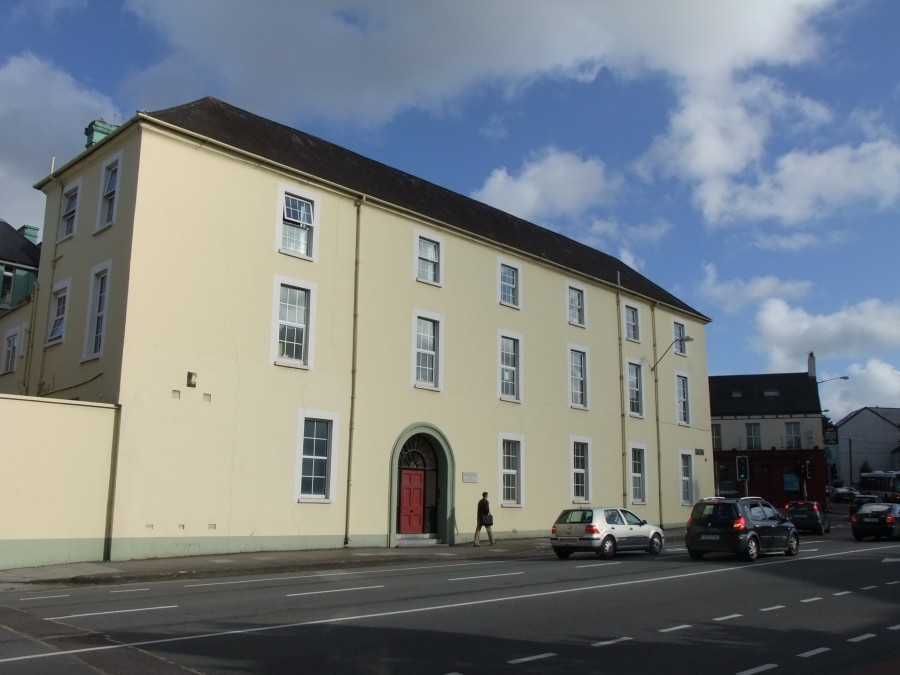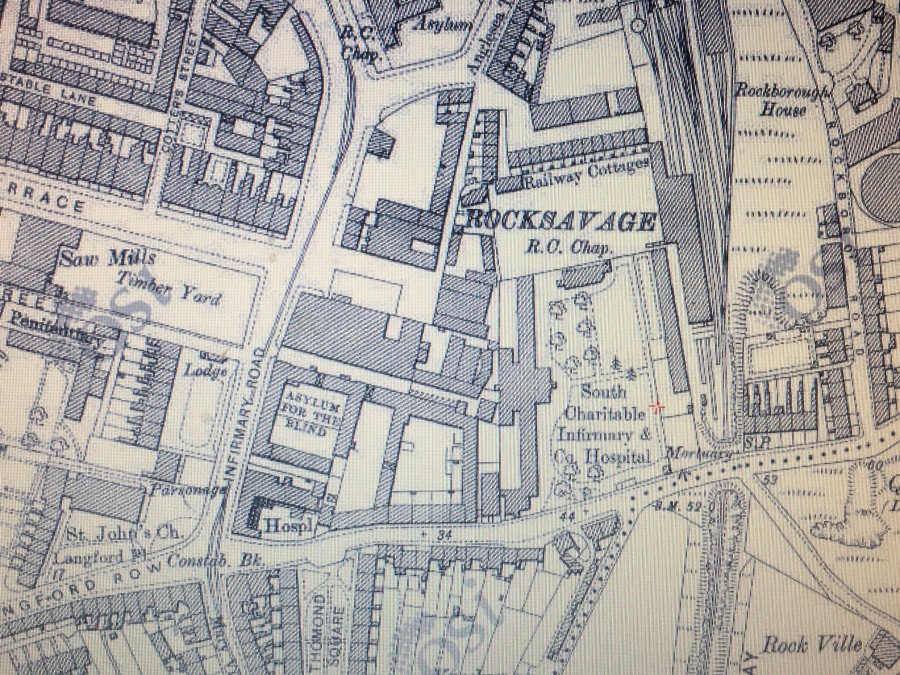
Kieran’s Our City, Our Town Article,
Cork Independent, 22 March 2018
Stories from 1918: Tales from the Victoria Hospital
This week, one hundred years ago, Cork Church of Ireland Bishop Charles Dowse presided at the annual general meeting of the Victoria Hospital, which was held at the institution. The Victoria Hospital was originally founded as “The County and City of Cork Hospital for the Diseases of Women and Children” which was opened on Union Quay on 4 September 1874. It moved to 46 Pope’s Quay on 31 October 1876 and to its present site on Infirmary Road on 16 September 1885. In 1901 its name was changed to “The Victoria Hospital for Women and Children”. Male patients were first admitted in 1914.
On 17 August 1914 the Hospital was registered under the Companies Acts, 1908 and 1913 under the name of “The Victoria Hospital, Cork (Incorporated)”. Reading the memorandum of association, the objects of the hospital were to provide a house or hospital for the reception, maintenance, medical and surgical treatment of Women and Children during sickness, and to furnish advice, and where possible medicine, to those who could not be admitted into Hospital. The Council or overseers of the Hospital comprised members of the Protestant faith. They could set apart rooms in the Hospital for the reception of private and semi-private patients, as well as wards for the reception of ordinary patients. They could make changes for the use and treatment as the Council wished and oversaw the payment in whole or in part from or on behalf of any patient.
Soon into the first couple of months of World War I, October 1914, ward spaces were assembled for the treatment of wounded soldiers. They were brought to Cork by the 562-bed hospital ship HMS Oxfordshire, which was overflowing with wounded by the heart of the war years. Recent work by UCD’s Centre for the History of Medicine in Ireland discovered that during World War I some 20,000 soldiers, principally from Ireland in the first place, were transported home and distributed between several military hospitals in Dublin, Cork and Belfast. They were housed also in wards in 40 civilian hospitals in Belfast, Cork and Dublin to provide accommodation and medical treatment for soldiers Patient beds were financed through a subvention from the War Office and, after the war and into the 1920s, the Ministry of Pensions.
The Victoria Hospital received fifty-five pounds from the War Department for treating the wounded soldiers. Compared to ordinary paying patients, this was not huge. The Council of the hospital gave an undertaking that they would at any time take in 30 soldiers and six officers. By 1916, the figure had risen to 130 cases.
Some 3,300 Irish doctors and medical students were involved in the war, of whom 243 died. The Victoria Hospital was deprived of the services of Dr C B Pearson and Dr R C Cummins, both of whom were serving in the Royal Army Medical Corps.
Lady Barrymore or Dorothy Elizabeth Bell of Fota House, funded the provision of a Rontgen Ray apparatus or an x-ray machine, which was greatly needed to assess bone damage. The year 1914 coincided with Polish born chemist Marie Curie developing radiological cars to support soldiers injured in World War I. The cars would allow for rapid X-ray imaging of wounded soldiers, so battlefield surgeons could quickly and more accurately operate.
At the annual general meeting for 1918, and as outlined in the Cork Examiner on 25 March 1918 the Honorary Secretary’s report stated that the wounded men were not being sent direct from France to Ireland. The secretary regretted that so little use has been made during 1917 of the military wards; “it was the keen desire of all connected with the hospital to do everything possible in caring for as great a number of these men as space would permit; but during the past year very few convoys have come to Cork, and there does not appear to be any probable increase as wounded men are no longer”. The soldiers’ ward, which was opened in October 1914, was closed in September of 1917.
In March 1918, the Cork Examiner outlined that the annual report stating that the hospital made a slight loss over the year. An increase over the year of £92 in the cost of provisions was not deemed what was described as a “very heavy item” but the cost of maintenance per patient had increased. In 1913 the maintenance cost was £78 per patient, rose in 1916 to £85, and in 1917 jumped up to the alarming figure of £106. The number of patients treated during the year was – 2,728 extern and 367 intern of whom 45 were soldiers and 76 free cases.
During the year the Victoria Hospital received notification of a generous legacy which had been left to the hospital by the late Mr Gumbleton, consisting of £1,000 in cash, and some valuable china, which had since been sold for between £300 and £400. Votes of thanks were passed to the committee of the Cork Hospital Saturday Society and Cork Hospital Aid Society for grants received, to the ladies and gentlemen who contributed to the hospital funds by personal subscription to all those who assisted in organising entertainments for the benefit of the hospital, and to Lady Carbery and the ladies of the Tabitha Guild, who devoted so much time to make clothing for the young patients.
Historical walking tour: Saturday, 24 March 2018, The Friar’s Walk, with Kieran; discover Red Abbey, Elizabeth Fort, Callanan’s Tower and Greenmount area; meet at Red Abbey tower, of Douglas Street, 12noon (free, duration: two hours) in association with Cork Lifelong Learning Festival 2018.
Captions:
938a. Victoria Hospital present day (picture: Kieran McCarthy)
938b. Map of the grounds of the Victoria Hospital and South Infirmary, c.1910 (source: Cork City Library)
